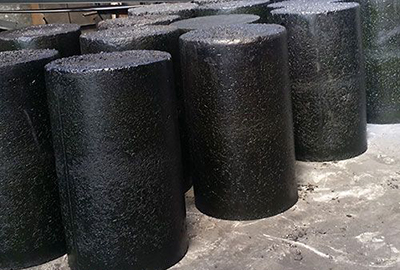What are carbonaceous pastes for electrodes?
Carbonaceous pastes for electrodes are mixtures or formulations containing carbon-based materials that are used to create electrodes in various electrochemical devices. These pastes typically consist of a carbonaceous material, a binder, and a conductive additive. The composition may vary depending on the specific application and the desired properties of the electrode.
Carbonaceous Material: The main component of these pastes is a carbonaceous material, often in the form of carbon powders or carbon nanomaterials. Common carbonaceous materials include graphite, carbon black, carbon nanotubes, and graphene. These materials provide electrical conductivity and a large surface area for electrochemical reactions.

Binder: A binder is added to the paste to hold the carbon particles together and adhere them to the electrode substrate. Common binders include polymers like polyvinylidene fluoride (PVDF) or other materials with good adhesive properties.
Conductive Additive: To enhance the electrical conductivity of the electrode, a conductive additive such as carbon black or carbon nanotubes may be included in the paste. This helps to improve the overall conductivity of the electrode material.
Carbonaceous pastes are used in the fabrication of electrodes for various electrochemical devices, including batteries, supercapacitors, fuel cells, and sensors. The paste is typically applied to a current collector (such as a metal foil) and then dried or cured to form a stable electrode. The choice of carbonaceous material, binder, and conductive additive can be tailored based on the specific requirements of the application, such as energy density, power density, and electrochemical stability.





